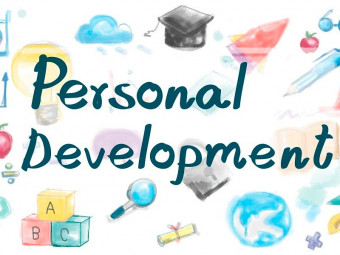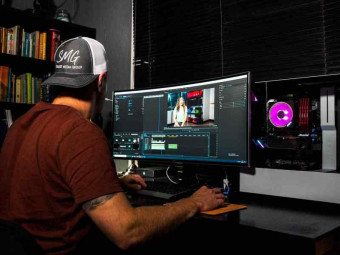Arduino Programming For Beginners
Tags: Arduino
Learn Arduino Programming step by step, and become more confident to write Arduino programs that rock !
Last updated 2022-01-10 | 4.7
- Create structured and efficient Arduino programs- C and Arduino programming (+best practices)
- Become more autonomous when programming on Arduino
- and rely less on copying/pasting
What you'll learn
* Requirements
* An Arduino board* Some basic hardware components (detailed list in the first section) if you plan to program with a real circuit
Description
You want to learn Arduino programming from the beginning ?
You want to write Arduino code that works, and that you can understand ?
You want to really do things by yourself, instead of reading theory and copying/pasting some code ?
Then you are in the right place!
The goal of this course is to give you, step by step, the Arduino programming foundation that you need, along with a ton of practice, so you will be more confident to create much more complex and nice Arduino programs in the future.
You don’t need any special knowledge or programming experience to start this course, I will explain everything in details.
Every line of code that you see in this course will be written in front of you. I will write code, and you will also write code. No copy and paste.
For every important step on this course, you will do a programming activity to practice and get a better understanding.
Along the different activities, I’ll also give you some programming best practices that I’ve learned myself, so you’ll improve much faster than if you were just alone.
Why this course ?
Because I found that it’s hard to find a tutorial or course online that is mainly focused on Arduino programming.
I recognize that plugging out-of-the-box components can be cool, because you feel that you are making complex things, but for real, you are just using easy-to-plug blocks that work by themselves. And now, when you need to make something more complex by yourself, or even a basic thing that has no “fancy” component doing it for you, then at this point, you feel lost, and need to go back to the basics. Or you find some random code from the Internet that you can copy and paste, and hope that this code will just work out of the box.
I personally come from a programming background. So, when I first started to program on Arduino, I quickly noticed how limited most people are, just because they don’t have the required programming basics.
What I found is that most people are limited by the programming side. When you use Arduino, OK this is a hardware board, but the true value you add to your circuit, robot, or anything else, comes from the programming side. You can’t skip that if you want to become an advanced Arduino Maker.
So… Start your learning today and unleash your programming creativity !
Here is an overview of what you will learn through the course:
Install the Arduino IDE and upload a program to your Arduino board
C programming in the Arduino environment
Setup a basic Arduino circuit
Use digital and analog pins to control external hardware components
Communicate with the outside
Store values on your Arduino board
Create a multitask program
Separate your program into reusable blocks of code
… and much more !
Please make sure to read the following. This course is NOT for you if :
You want an Arduino course specialized in hardware
You just want to quickly plug components, copy and paste some code
You are not interested in software development
You already have strong basics in Arduino programming
Who this course is for:
- Beginners who want to learn the Arduino through programming and practising
- People who are tired of copying/pasting from the Internet because they don’t understand the code
- Makers who already have a running project, but feel that they lack the programming foundation they need
- Developers who already have some basic programming experience, and want to dive in Arduino programming
Course content
12 sections • 79 lectures








 This course includes:
This course includes:














